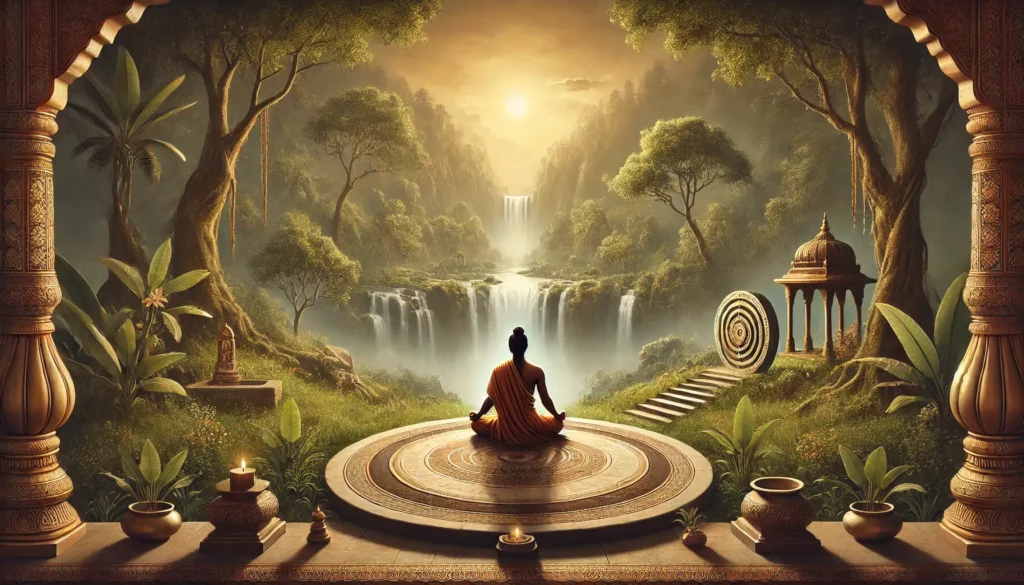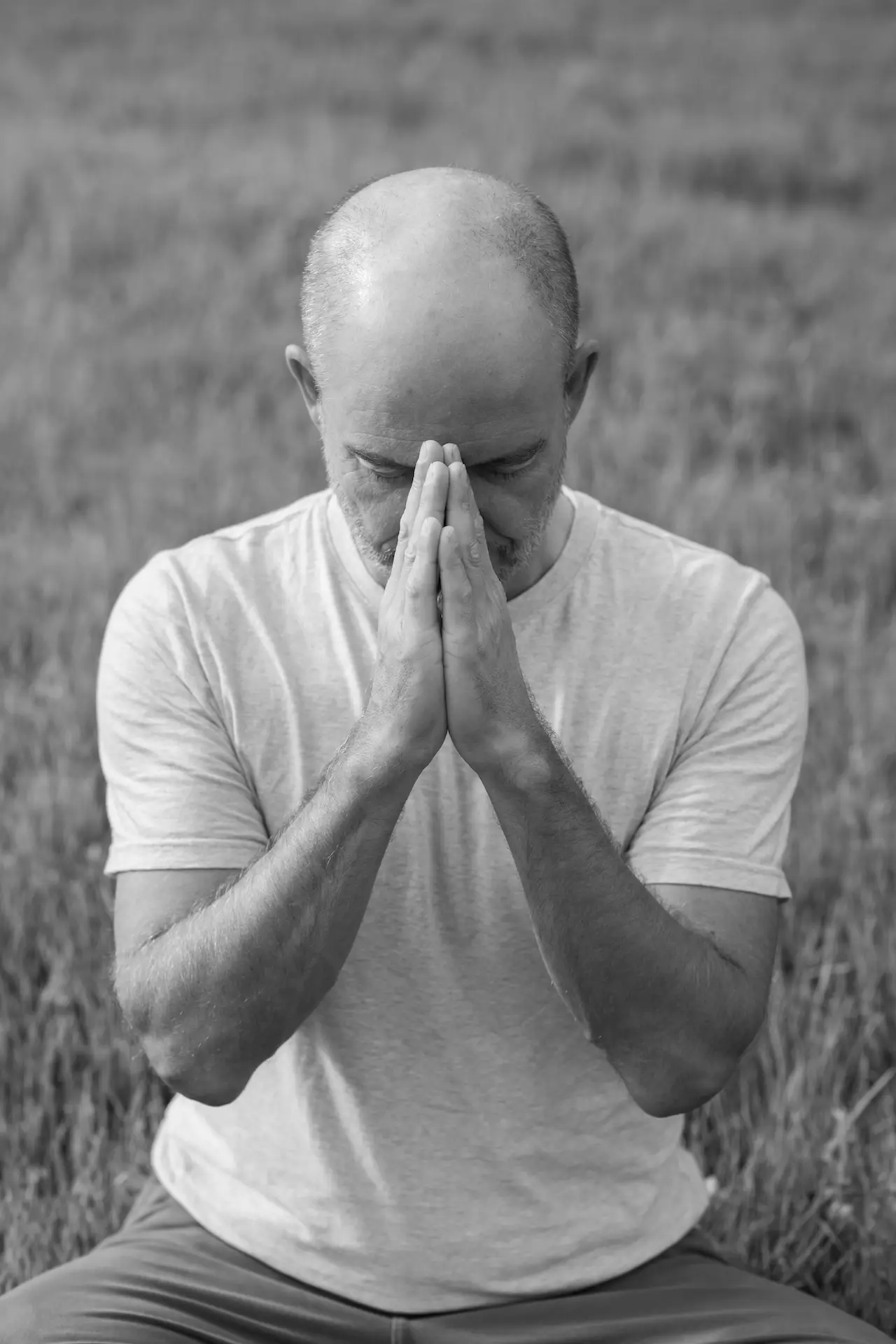The Śramaṇa movement was a religious and philosophical tradition that emerged in ancient India around the 6th century BCE. It was a reaction against the Vedic tradition and its emphasis on ritual and social hierarchy. Śramaṇa means “seeker” or “striver,” and the movement included diverse groups of wandering ascetics who rejected the authority of the Vedas and the caste system. They sought liberation through various forms of austerity, meditation, and ethical living. Two of the most significant traditions that arose from the Śramaṇa movement are Jainism and Buddhism.
Key Characteristics of the Śramaṇa Movement:
- Asceticism: Śramaṇas practiced severe self-discipline and renunciation of worldly pleasures to achieve spiritual goals.
- Meditation and Yoga: Meditation and yogic practices were central to their spiritual discipline.
- Rejection of Vedic Authority: Śramaṇas did not recognize the Vedas as authoritative and often critiqued Vedic rituals and sacrifices.
- Karma and Rebirth: They believed in the concepts of karma (the law of moral causation) and rebirth, but had different interpretations compared to Vedic teachings.
- Nirvana or Moksha: The ultimate goal was liberation (moksha in Jainism, nirvana in Buddhism) from the cycle of birth and death (samsara).
Development of Yoga:
The Śramaṇa movement significantly influenced the development of yoga, which originally meant “union” or “discipline.” Yoga was a set of spiritual, mental, and physical practices aimed at attaining spiritual insight and tranquility. The development of yoga within the Śramaṇa context involved several key components:
- Meditative Practices: Śramaṇas developed systematic meditative techniques to quiet the mind and explore consciousness. These techniques were aimed at achieving states of deep concentration (dhyana) and insight (vipassana in Buddhism).
- Physical Postures (Asanas): While early Śramaṇa practices focused more on meditation, over time, physical postures were integrated to prepare the body for prolonged meditation and to aid in spiritual practices.
- Breath Control (Pranayama): Control of the breath was seen as a way to control the mind and energy within the body. Pranayama practices were developed to regulate breathing patterns and enhance meditative states.
- Ethical Disciplines (Yamas and Niyamas): Ethical guidelines were an essential part of the yogic path. These included non-violence (ahimsa), truthfulness (satya), and other moral precepts that align with Śramaṇa values.
- Liberation through Knowledge and Practice: Both Jainism and Buddhism emphasized liberation through knowledge (jnana) and disciplined practice (sadhana), which included various yogic practices.
Influence on Later Yoga Traditions:
The Śramaṇa movement’s contributions to yoga were significant in shaping the classical yoga system outlined by Patanjali in the Yoga Sutras, composed around the 2nd century BCE to the 5th century CE. Patanjali’s eight-limbed path (Ashtanga Yoga) integrates many Śramaṇa principles:
- Yamas (Ethical Disciplines)
- Niyamas (Personal Observances)
- Asana (Physical Postures)
- Pranayama (Breath Control)
- Pratyahara (Withdrawal of the Senses)
- Dharana (Concentration)
- Dhyana (Meditation)
- Samadhi (Absorption or Enlightenment)
In summary, the Śramaṇa movement played a crucial role in the formation and evolution of yoga by emphasizing meditation, ethical conduct, and renunciation, which were integral to their path of spiritual liberation. This laid the groundwork for the comprehensive yogic systems that developed later in Indian spiritual traditions.
Ready to Embrace Your Healing Journey?
Together let’s create a gentle, nurturing space for your inner transformation. We look forward to connecting with you, listening to your needs, and guiding you through the compassionate embrace of Healing. Contact us now and take your first step toward a renewed sense of peace, balance, and well-being.









